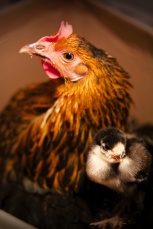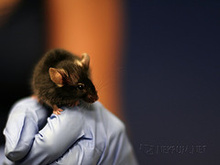I don’t usually advertise my Accumulating Glitches posts on here, but I decided to make an exception for today’s post. It’s about a relatively straightforward study that raises a host of interesting questions which I thought some of you might find interesting. Here’s an excerpt to give you an idea:
 Darwin’s finches have become a textbook example in evolutionary biology, speciating as they adapted to different environments in their spread through the Galapagos islands. In the past two decades, the opposite has been happening on Floreana island in the south of the archipelago, according to a paper published in the journal American Naturalist. The opposite of speciation, however, isn’t necessarily extinction — at least, not in the familiar sense of a species dying out. Another way for speciation to roll backwards is through hybridization, a process that raises many more (and more interesting) questions than ‘straightforward’ extinction.
Darwin’s finches have become a textbook example in evolutionary biology, speciating as they adapted to different environments in their spread through the Galapagos islands. In the past two decades, the opposite has been happening on Floreana island in the south of the archipelago, according to a paper published in the journal American Naturalist. The opposite of speciation, however, isn’t necessarily extinction — at least, not in the familiar sense of a species dying out. Another way for speciation to roll backwards is through hybridization, a process that raises many more (and more interesting) questions than ‘straightforward’ extinction.
Click to continue reading on Accumulating Giltches…
Ref
Kleindorfer S, O’Connor JA, Dudaniec RY, Myers SA, Robertson J, & Sulloway FJ (2014). Species collapse via hybridization in Darwin’s tree finches. The American naturalist, 183 (3), 325-41 PMID: 24561597
 It’s probably not a surprise that humans aren’t the only animals with a sense of numbers. While they’re probably not actually counting, a variety of species seem to be able to tell the number of objects in a group; they can distinguish between groups with greater or fewer objects and react with surprise when the number changes unexpectedly. However, a recent study suggests that this numerical understanding may go deeper than we’ve previously thought. Continue reading
It’s probably not a surprise that humans aren’t the only animals with a sense of numbers. While they’re probably not actually counting, a variety of species seem to be able to tell the number of objects in a group; they can distinguish between groups with greater or fewer objects and react with surprise when the number changes unexpectedly. However, a recent study suggests that this numerical understanding may go deeper than we’ve previously thought. Continue reading 


 Darwin’s finches
Darwin’s finches
You must be logged in to post a comment.